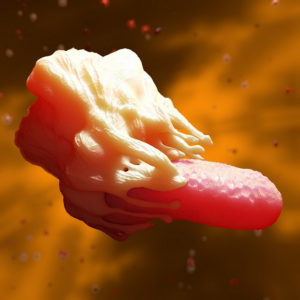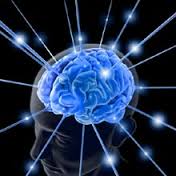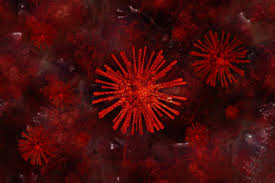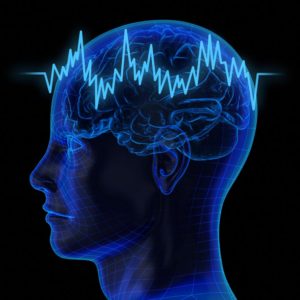Fifteen per cent of hospital patients with severe brain injuries exhibited cognitive activity in response to commands — even though they did not react visibly.
Jan Claassen at Columbia University in New York and his colleagues studied 104 ‘clinically unresponsive’ patients whose brains had been damaged by a stroke or other trauma. None showed a visible response to verbal instructions; some were in a coma.
The researchers used a technique called electroencephalography (EEG) to study electrical activity in the patients’ brains. When asked to move one hand, 15% of patients showed brain patterns similar to those of healthy volunteers responding to the same instructions.
A year after their injury, 44% of patients whose brains responded to commands could look after themselves for at least 8 hours, compared to only 14% of those whose brains did not respond. Larger trials are needed to test the value of EEG for prognosis, the authors say.







